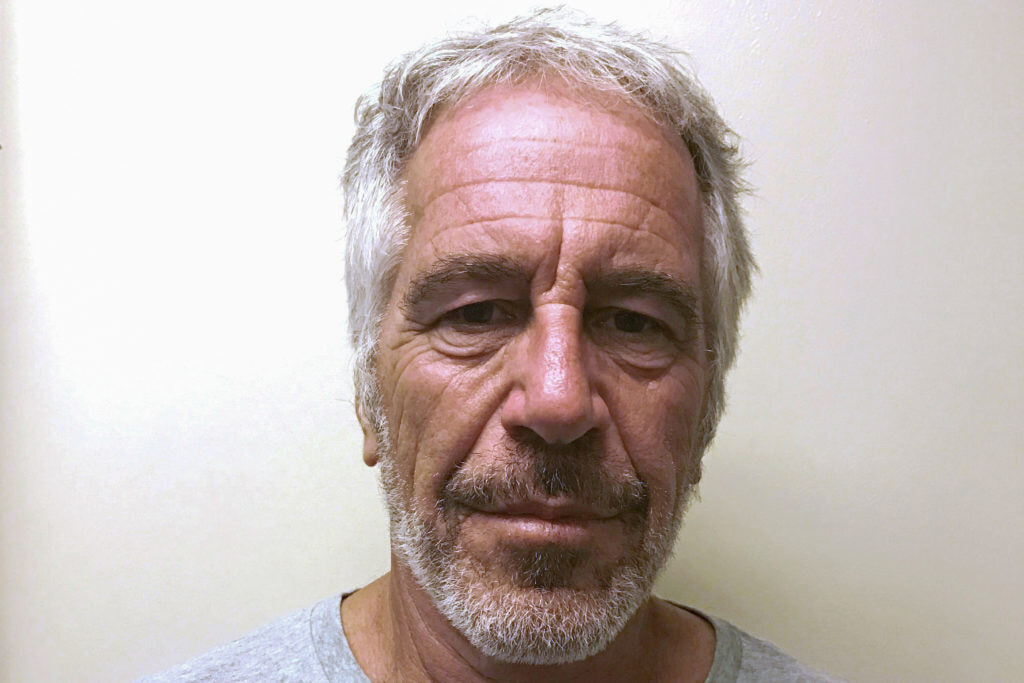
211 Republicans Block Vote to Release Epstein Files
Interesting move.
Published July 16, 2025
Advertisement
Advertisement
1. Shadows Over the Chamber
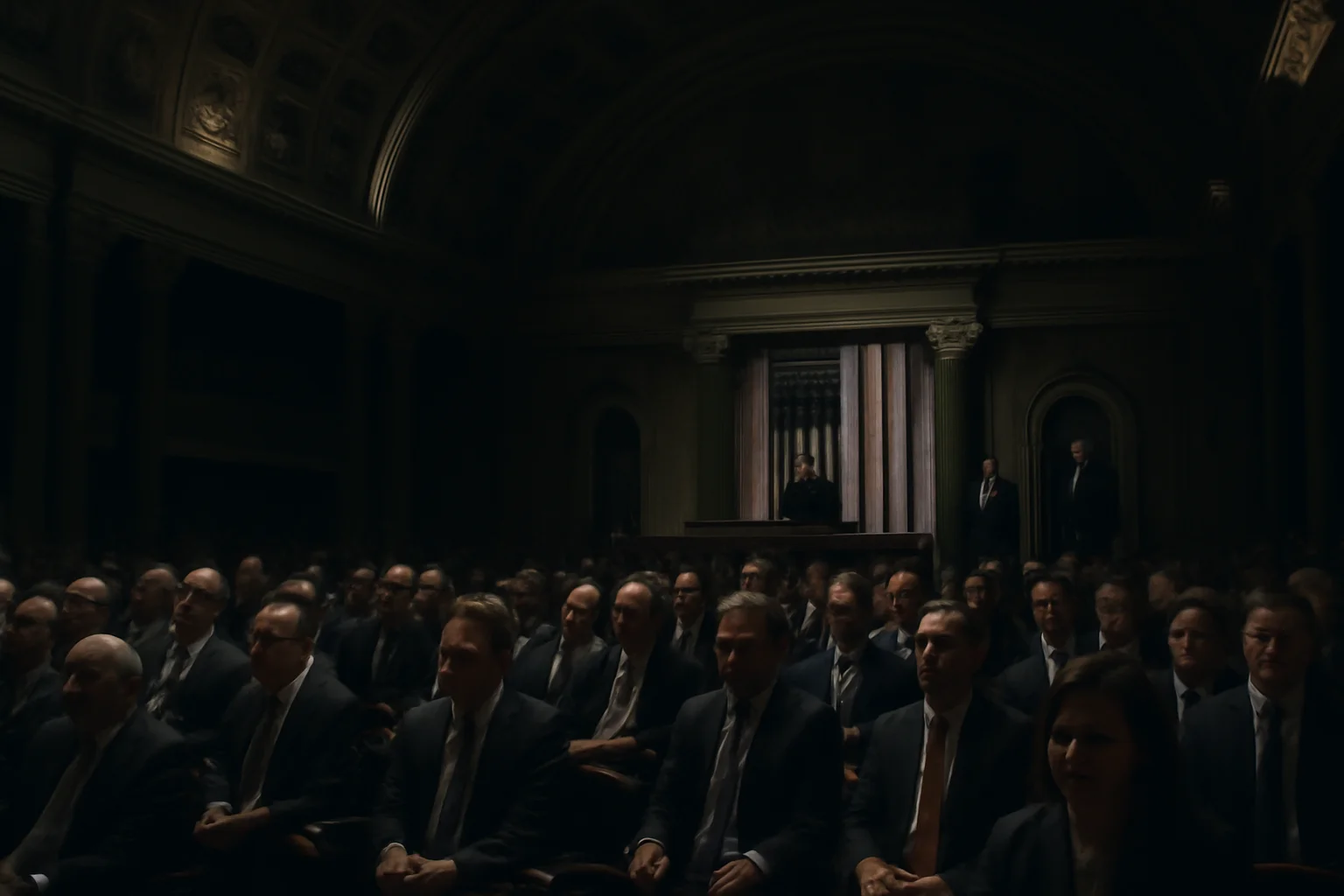
The July heat inside the U.S. Capitol is thick with suspense, as a new storm brews beneath the ornate ceilings—one that has nothing to do with weather and everything to do with power. For months, rumors have swirled through Congress like a restless wind: the so-called “Epstein files,” a cache of evidence and testimony, remain locked away deep inside the Department of Justice. The files, amassed in the aftermath of financier Jeffrey Epstein’s 2019 death in a New York jail cell, are the focal point of political obsession for both the American right and left, each side eager to claim transparency or to stoke suspicions. Democrats, now the minority party in both chambers, are searching for leverage, straining to break through Republican resistance and force the files into daylight. For their part, House Republicans have invoked the procedural rulebook at every turn, quashing Democratic maneuvers and refusing to bring the matter to the House floor for debate. The tension, however, is not just between parties but within them—splits inside the GOP have widened as party hardliners rebel against their own leadership. The political calculus is complex: the shadow of Epstein looms over crypto bills, defense funding, and even government shutdown threats, tying every piece of legislation to the broader crisis of credibility. Public frustration grows with each stalled vote, while the political theater grows ever more dramatic. Republican lawmakers insist the opposition is procedural, but Democrats claim it’s a refusal to confront uncomfortable truths about privilege and accountability. Each side insists it’s fighting for the people, even as polls show that nearly half the country believes the government is hiding something about Epstein. Trust is in short supply, and the air inside the chamber feels charged, as if something fundamental is about to break.
Advertisement
2. The Files That Won’t Go Away
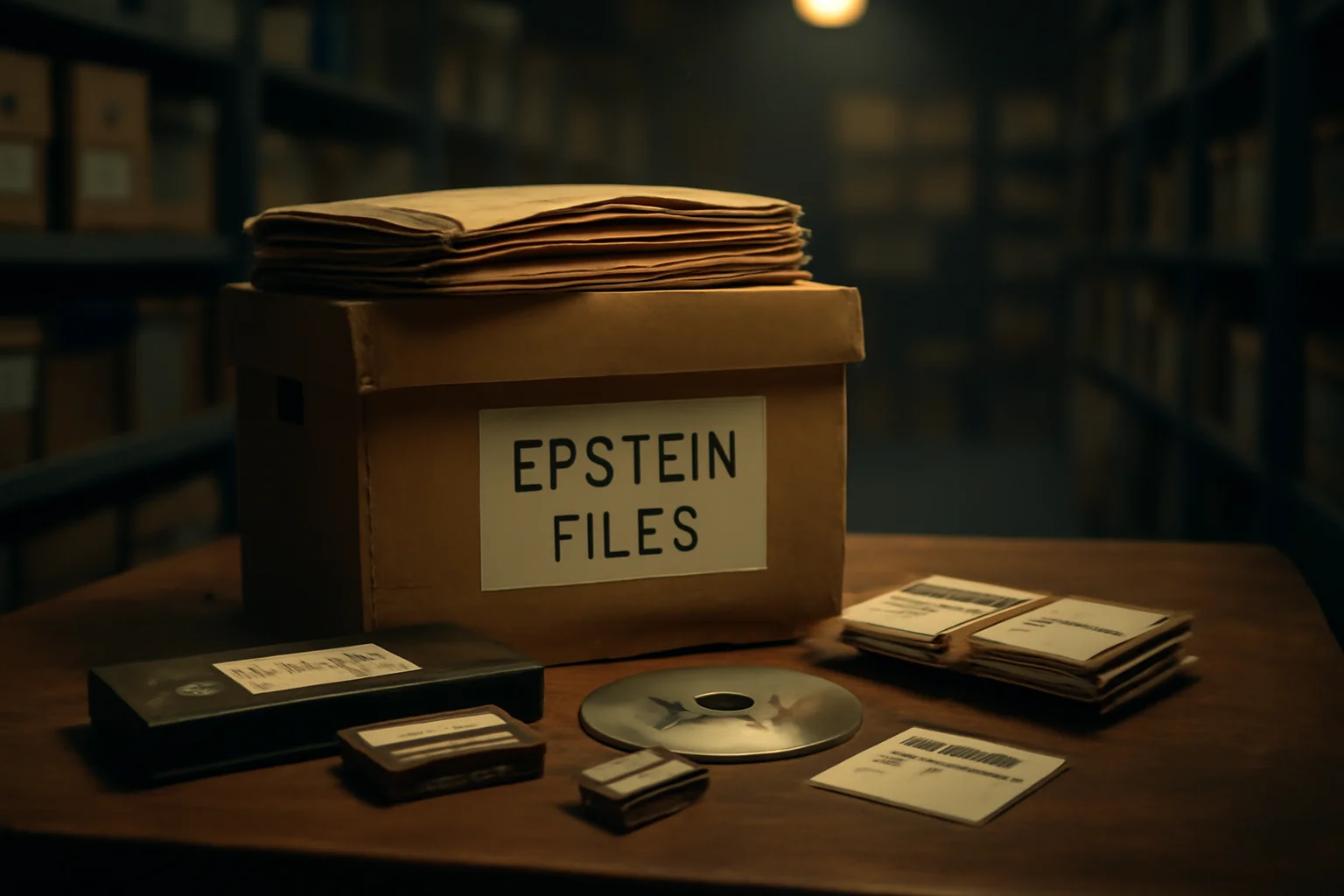
At the heart of the uproar lies a mystery box—thousands of pages of documents, countless hours of video, and digital evidence seized after Epstein’s arrest and subsequent suicide. The “Epstein files” have become mythologized, their contents rumored to implicate the most powerful figures in politics, finance, and entertainment. For years, activists and conspiracy theorists have demanded the release of these materials, certain that secrets within could rewrite the narratives of American power. Attorney General Pam Bondi, once hinting at a bombshell “client list,” recently reversed herself, stating there was no credible evidence of such a list or of any coordinated blackmail scheme. Her public pivot set off a new round of speculation, with the Trump White House backing her while facing mounting pressure from inside its own base. Media figures, MAGA loyalists, and some establishment Republicans have all called for greater transparency, even as Democrats accuse the administration of hiding the truth. The files themselves are a puzzle: micro cassettes, DVDs, hard drives, and cryptic physical evidence with itemized descriptions but, so far, few public revelations. Despite Bondi’s assertion, the Justice Department’s refusal to release the files has only inflamed calls for disclosure, as prominent voices on both sides raise suspicions about government motives. The controversy has fueled months of headlines, talk show rants, and viral posts, with the public left to parse rumors and read between redacted lines. All the while, the myth of the “hidden list” grows larger, eclipsing the more mundane reality that the wheels of government turn slowly, if at all, when secrets threaten the powerful. No matter the official statements, the Epstein files remain a talisman for America’s crisis of faith in its institutions—a story that refuses to end.
Advertisement
3. The Democratic Gambit
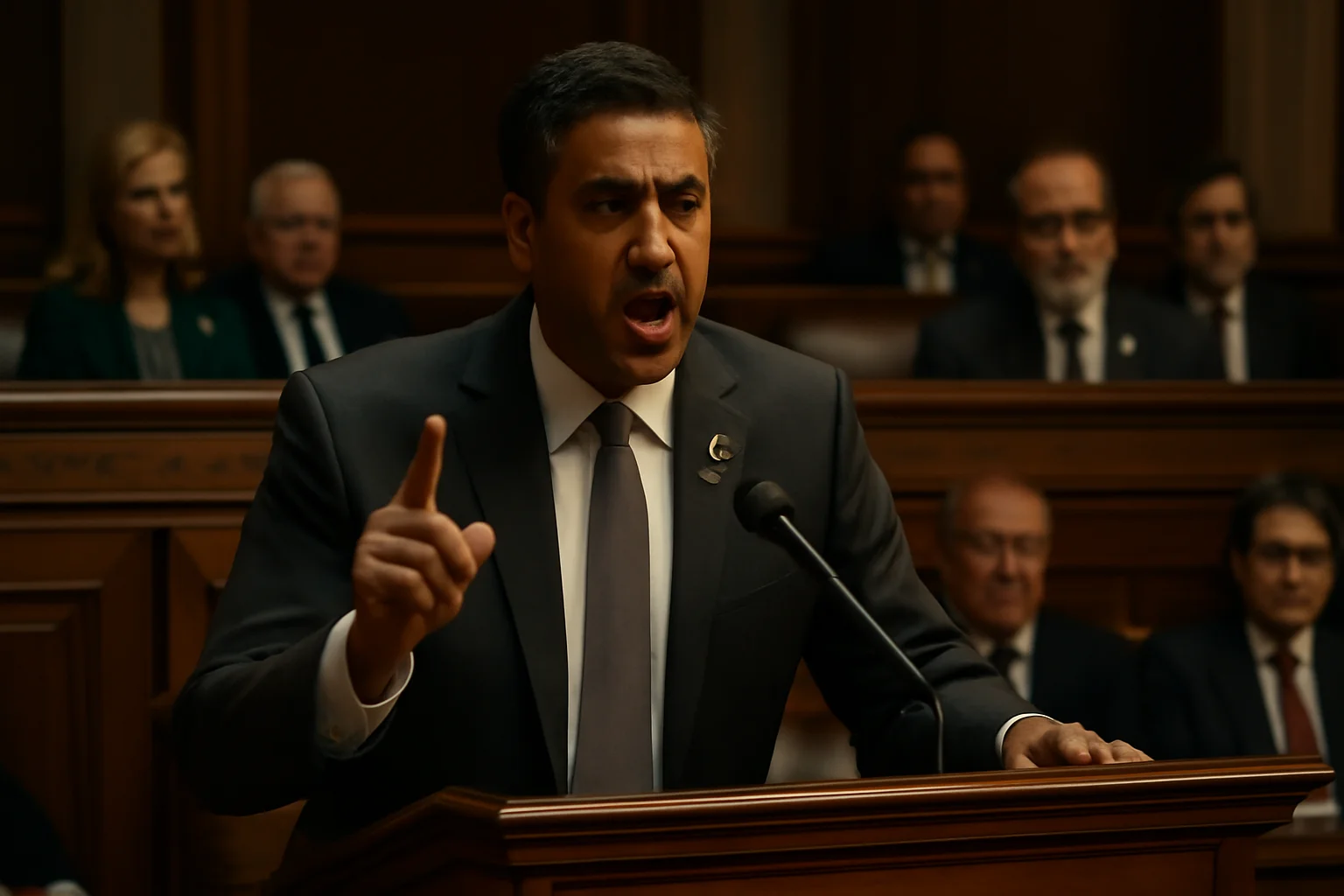
Determined to force the issue, House Democrats seized on a strategy both procedural and symbolic: attach an amendment to must-pass cryptocurrency legislation that would require the release of the Epstein files. Congressman Ro Khanna of California, who authored the measure, cast the debate in stark terms—are lawmakers on the side of the powerful, or the people? His amendment was not expected to succeed, but it was designed to put Republicans on the record and to frame the battle as one over transparency versus secrecy. With Republicans holding the gavel in both chambers, Democrats knew their options were limited, but even failed votes can be powerful political theater. Khanna’s proposal ignited fierce debate in the House Rules Committee, with the panel’s members sparring over the relevance of the Epstein files to digital assets legislation. The measure ultimately failed by a narrow margin, with only one Republican, Ralph Norman of South Carolina, crossing party lines to support the push for disclosure. Norman’s defection was notable—he voiced public skepticism about the government’s insistence there were no files, suggesting the public deserved answers. Democrats pressed the matter again, introducing a new procedural vote on the House floor, only to see it shot down on strict party lines, 211 to 210. Their allies in the Senate fared no better, as GOP leaders used every tool at their disposal to bottle up efforts to compel a release. Still, the Democrats’ repeated attempts managed to keep the story alive, drawing public attention to what was otherwise an insider’s fight over congressional procedure. Even in defeat, their gambit ensured that the Epstein files—and the questions they raise—would not be easily forgotten.
Advertisement
4. Republican Crosswinds

Inside the Republican conference, the Epstein files controversy has revealed deep rifts and uneasy alliances, exposing fractures within the party’s once-united front. At first, House Speaker Mike Johnson and party leaders maintained a position of support for Attorney General Bondi and the White House, citing the Justice Department’s conclusion that there was no “client list” to reveal. But grassroots MAGA figures, right-wing commentators, and a handful of rank-and-file members began to break ranks, echoing calls for more transparency and even questioning the administration’s handling of the files. The uproar has left Trump in a bind: eager to move on, but facing mounting outrage from his own base, who view the continued secrecy as a betrayal of promises to “drain the swamp.” Fierce debate spilled into committee hearings, cable news, and social media, as prominent Republicans like Marjorie Taylor Greene and Tucker Carlson amplified demands for answers. At the same time, the party’s establishment wing warned against opening Pandora’s box, arguing that the focus should remain on other legislative priorities. Trump loyalists accused Democrats of grandstanding, while more moderate members worried about alienating suburban voters with endless investigations. Behind closed doors, some party strategists feared the controversy could erode the GOP’s advantage heading into the next election, particularly among voters disillusioned with Washington’s secrecy. Speaker Johnson, in a notable shift, eventually called for the Justice Department to clarify the status of the files and Bondi’s previous statements, reflecting the growing pressure inside his own ranks. Yet, despite public posturing, the party has so far remained unified in its refusal to allow a full vote on the issue. In the chaos, the lines between allies and opponents blur, and the search for truth becomes entangled in the relentless machinery of partisan warfare.
Advertisement
5. The MAGA Meltdown

As the standoff dragged on, MAGA world—once the most loyal constituency in American politics—erupted in open rebellion, their anger directed not at Democrats but at Trump himself. Long accustomed to promises of radical transparency and justice for the elite, Trump’s most fervent supporters felt blindsided by the administration’s reversal on the Epstein files. Right-wing influencers and grassroots activists took to social media, talk radio, and public rallies, demanding to know why the government continued to keep the files sealed. Some accused Trump of betraying the movement’s core values, fueling rumors of a cover-up and suggesting that the so-called “deep state” had won again. The outrage spilled over into calls for Attorney General Bondi to resign, as conspiracy theories about the files multiplied in online echo chambers. Lara Trump, the former president’s daughter-in-law, attempted to walk a careful line, urging “more transparency” but defending Trump’s overall handling of the case. Meanwhile, the president himself seemed increasingly exasperated, alternating between dismissing the controversy as “radical left” distraction and lashing out at critics inside his own tent. The dispute became a litmus test for loyalty: to question the administration was to risk excommunication from the MAGA movement, but to accept official statements risked appearing complicit in the same corruption they’d pledged to fight. Caught in the crossfire, White House officials scrambled to contain the fallout, but the damage to the president’s standing among his base was already evident. For many, the fight over the Epstein files was no longer just about justice for Epstein’s victims—it was a reckoning with the limits of populist power in the age of endless scandal. With every new leak, memo, or procedural vote, the sense of betrayal inside MAGA world grew sharper, threatening to fracture the coalition that had once seemed unbreakable.
Advertisement
6. The Fallout Files

While Congress deadlocked, the Epstein controversy began to take on a life of its own, spilling into other branches of government, law enforcement, and the courts. Inside the FBI, Deputy Director Dan Bongino became a lightning rod, clashing with Attorney General Bondi and allegedly considering resignation after heated arguments over the DOJ’s findings. Media reports detailed internal chaos: Bongino iced out colleagues, skipped work for days, and drew the president’s ire—while FBI Director Kash Patel scrambled to publicly reaffirm his loyalty. Even as officials insisted there was nothing left to disclose, anonymous sources described a White House and Justice Department wracked by paranoia, infighting, and back-channel negotiations. Outside government, Ghislaine Maxwell, Epstein’s convicted co-conspirator, petitioned the Supreme Court to uphold a non-prosecution agreement from Epstein’s original plea deal, fueling fresh speculation about potential new disclosures. Reports surfaced that Maxwell might be willing to testify before Congress in exchange for a sentence reduction, a dramatic twist that could force the government’s hand. Legal analysts debated whether such a move could finally break the logjam or whether it would simply add another layer of complexity to an already tangled case. Public pressure on the courts and Congress intensified, as victims’ advocates demanded not just transparency but real accountability for all those involved. Yet, despite mounting evidence that something was rotten at the highest levels, prosecutors signaled little interest in reopening the investigation or pursuing new charges. The result was a sense of stalemate, a feeling that the government’s default setting was silence—even as public trust continued to erode. The longer the files remained locked away, the greater the perception that justice was not just delayed, but denied.
Advertisement
7. Inside the War Room

Amid the political gridlock, congressional leaders met in closed-door sessions, searching for a way out of the standoff that now threatened to consume the summer’s legislative agenda. Both parties blamed each other for the stalemate, while privately acknowledging that neither side had the votes to force a breakthrough without risking major political fallout. The controversy bled into every other debate, complicating negotiations over defense appropriations, regulatory reforms, and Trump’s $9.4 billion rescissions package. Republican hard-liners staged a rebellion on unrelated crypto bills, leveraging their frustration over the Epstein files to grind other legislation to a halt. Senate Majority Leader John Thune scrambled to assemble votes for spending bills, while key appropriators warned that ongoing secrecy around Epstein was fueling unrest in their own ranks. Committee chairs fielded demands for more hearings, more subpoenas, more public statements—all while the clock ticked down toward critical funding deadlines. In the chaos, old rivalries flared: moderates accused hard-liners of sabotaging the party’s legislative priorities, while conservatives insisted they were defending the people’s right to know. The Speaker’s office became a war room, with aides tracking shifting alliances, media hits, and the social media mood minute by minute. Every day brought a new rumor of a deal, a walkout, or an explosive leak from inside the intelligence or law enforcement communities. Even as the rest of government business languished, the question of what to do about the Epstein files dominated every conversation on Capitol Hill. With so much on the line, lawmakers knew that whatever happened next could reshape the balance of power for years to come.
Advertisement
8. The Transparency Trap
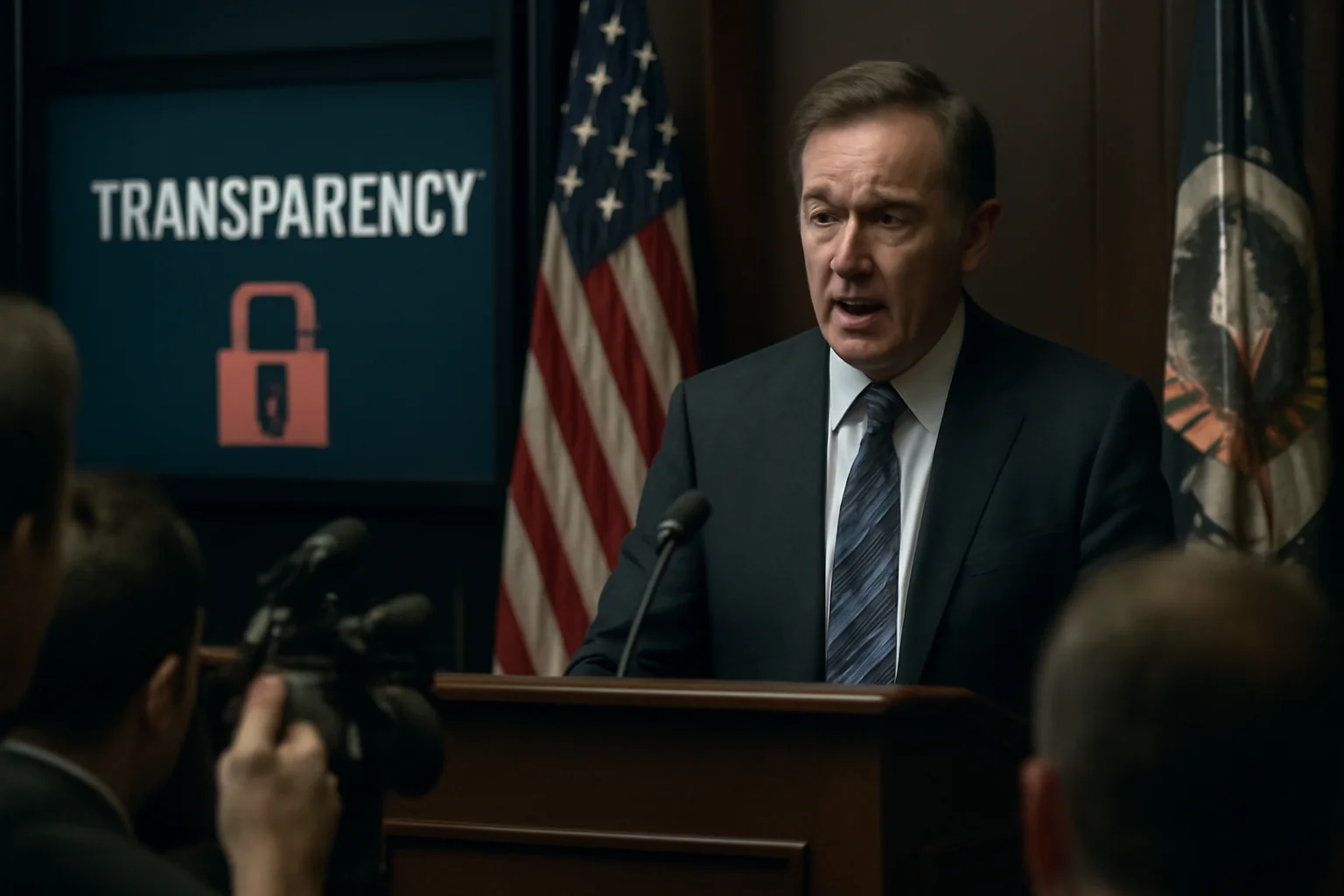
Public polling revealed a nation skeptical of both parties, with nearly half of Americans dissatisfied with the government’s disclosures about Epstein’s death and alleged crimes. Independents, Democrats, and a sizable minority of Republicans agreed: too many secrets, too few answers, too much business as usual in Washington. Critics charged that procedural maneuvering had become a substitute for substantive debate, as Congress prioritized rules over responsibility. White House spokespersons insisted the administration was making progress on “real justice,” but their reassurances fell flat as social media amplified doubts and conspiracy theories. News cycles churned through every detail, from cryptic references to hard drives and massage tables in DOJ evidence lists, to leaked memos and shifting official statements. Some lawmakers tried to pivot to other crises—immigration, tariffs, or foreign policy—but the Epstein files kept sucking the oxygen out of the room. Every failed vote and muddled press conference made it easier for critics to argue that the system was rigged, and that accountability would never come. For the victims and their advocates, the lack of progress was a gut punch, a sign that promises of reform were little more than political theater. Both parties feared the narrative of government secrecy could poison trust in the broader institutions of American democracy. Yet even with consensus on the need for more transparency, the machinery of Congress seemed incapable of delivering it. The trap was set: as each side maneuvered for advantage, the possibility of real disclosure seemed to recede ever further into the distance.
Advertisement
9. New Fronts, Old Battles
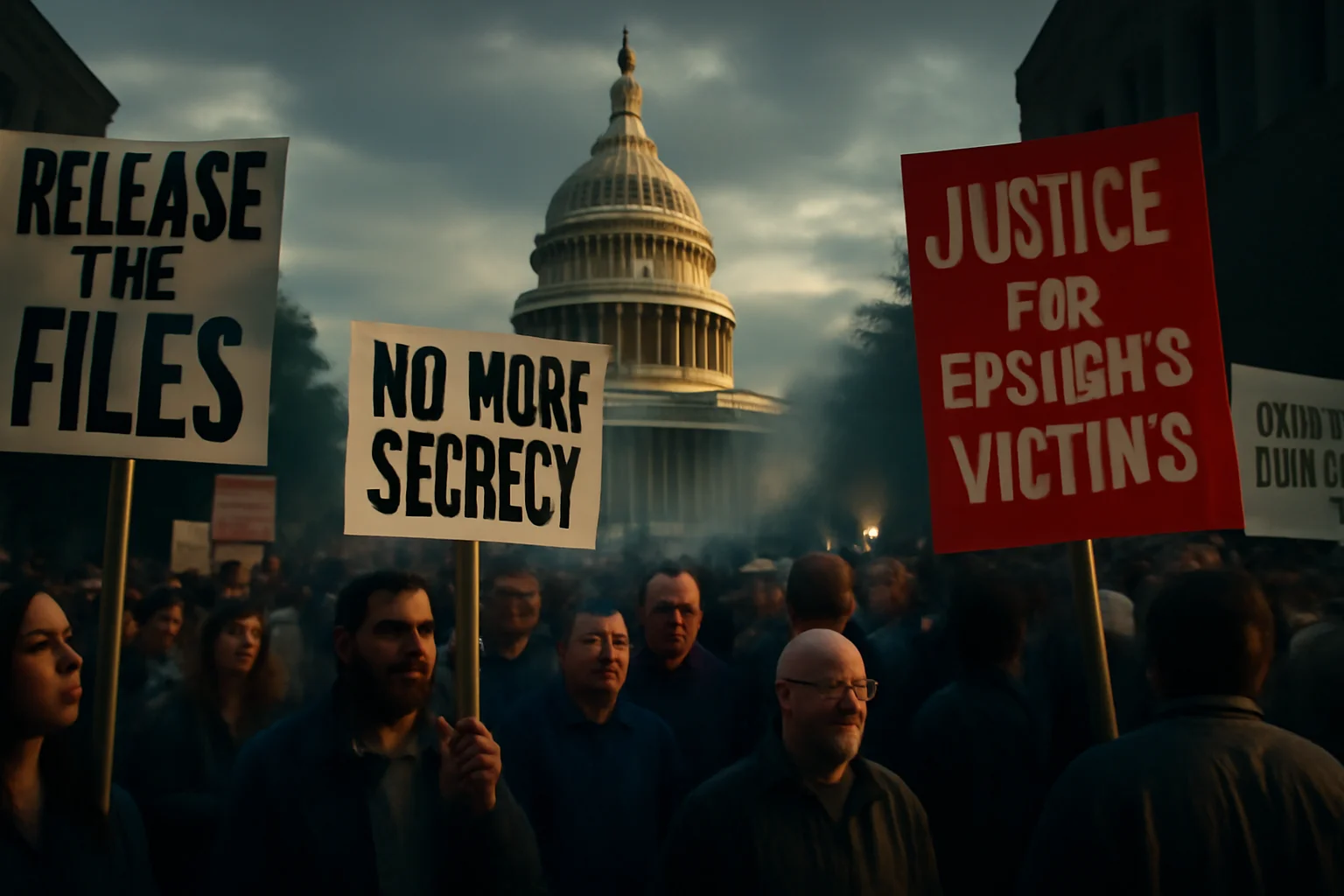
The fight over the Epstein files became a stand-in for broader wars playing out across the U.S. political landscape. In the Senate, debates over the location of the new FBI headquarters, the fate of defense spending, and the future of public broadcasting became proxy battles for deeper grievances about government trust and accountability. House Republicans squabbled over crypto legislation, with Freedom Caucus members demanding unrelated amendments as a way to express their frustration with leadership over Epstein and other stalled priorities. At the same time, the White House faced internal scandals—signalgate leaks, personnel disputes, and accusations of hypocrisy about waste and accountability. Every new twist in the Epstein drama threatened to ignite new crises, from committee showdowns to public protests outside the Capitol. The story was no longer just about what was in the files, but about who would control the narrative—and whether government secrecy would be allowed to prevail. Allies of Trump scrambled to shore up support among wavering Republicans, offering backroom deals and public reassurances. Democrats seized on the turmoil to cast the GOP as the party of cover-ups, even as they struggled to move their own legislative agenda forward. Meanwhile, activists and outside groups promised to keep the pressure on, organizing campaigns and legal challenges designed to pry the files loose. As the summer wore on, the battle lines hardened, and both parties prepared for a final showdown over the fate of the most notorious evidence trove in recent political memory. In the fight for control of the narrative, every day brought fresh conflict, but no resolution.
Advertisement
10. The Reckoning

The fight over the Epstein files has become more than a struggle over a single case—it is a window into the anxieties and dysfunctions of American political life. As lawmakers retreat into their camps, the public is left with more questions than answers, their trust in government eroded by each new revelation or reversal. Inside the Capitol, some strategists see opportunity—a chance to harness anger and skepticism for electoral gain—but others warn that the damage may be lasting, and irreversible. Attorney General Bondi, once hailed as a champion for victims, now finds herself at the center of a storm she cannot control, while the president’s allies scramble to contain the fallout. For those who suffered at Epstein’s hands, the endless maneuvering feels like a cruel joke, proof that the powerful are always protected and the truth always just out of reach. In the meantime, legislative business continues, but every debate is colored by the lingering suspicion that nothing important will ever be revealed. Calls for reform—of Congress, of the courts, of the very structure of government—grow louder, but the road ahead is uncertain. The House and Senate remain deadlocked, the files still sealed, the story unfinished. Perhaps, in the end, the greatest lesson of the Epstein files is not about what is hidden, but about the cost of never finding out. As another day dawns on Capitol Hill, the shadows grow longer, and the reckoning America demands seems as distant as ever. The only certainty is that the fight over secrecy, justice, and power will rage on—its outcome unresolved, its legacy still unwritten.
Advertisement
Read This Next

Miley Cyrus Says She's Done With Touring: "It's Really Hard to Maintain Sobriety"
She's choosing her health.
Advertisement
Advertisement
You May Also Like

Sweden Bans Buying Onlyfans Content
This is a big move.

A 'Missing Minute' in Epstein Suicide Video Suggests the Footage Was "Modified"
Do they think we're stupid?



